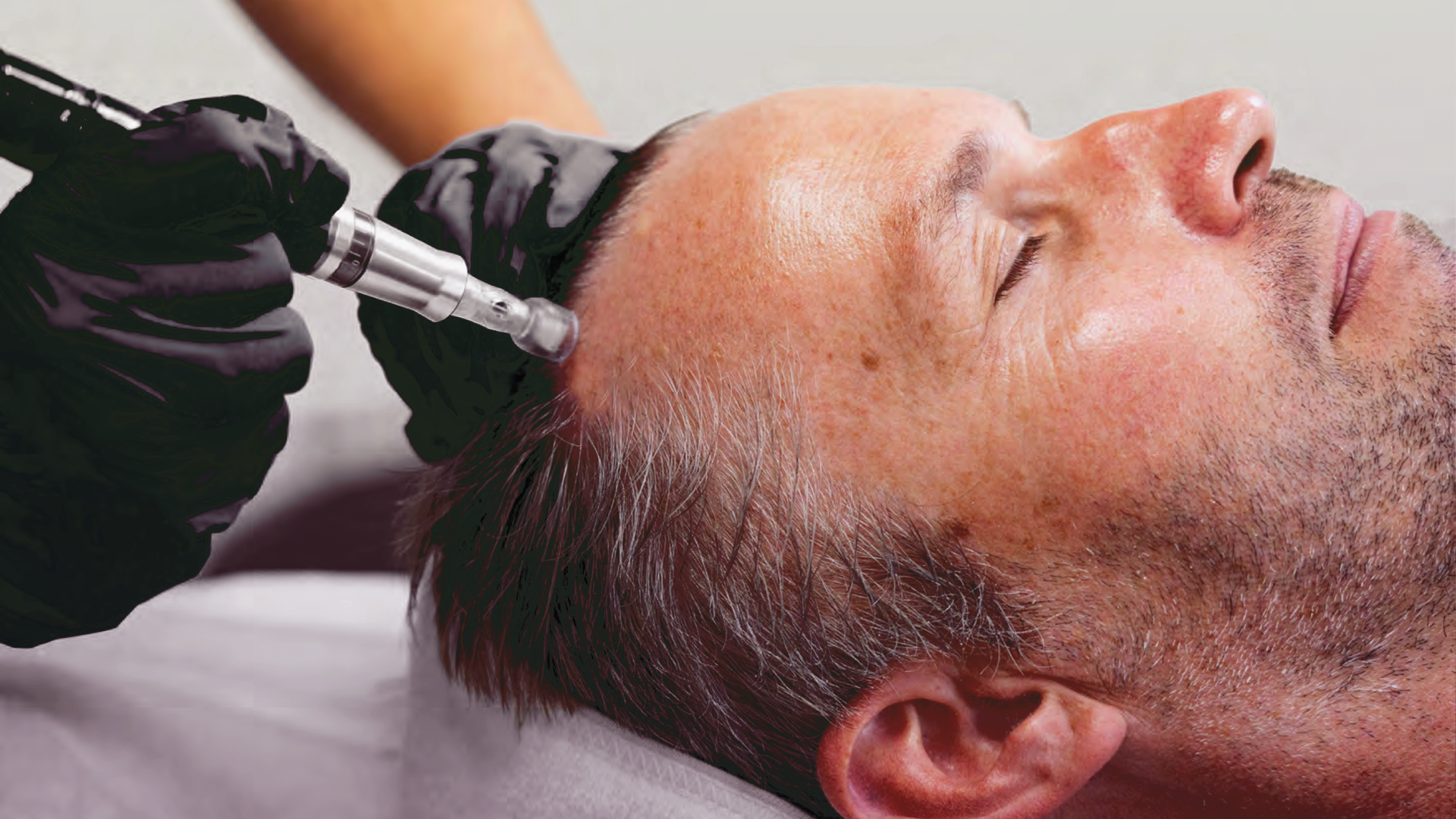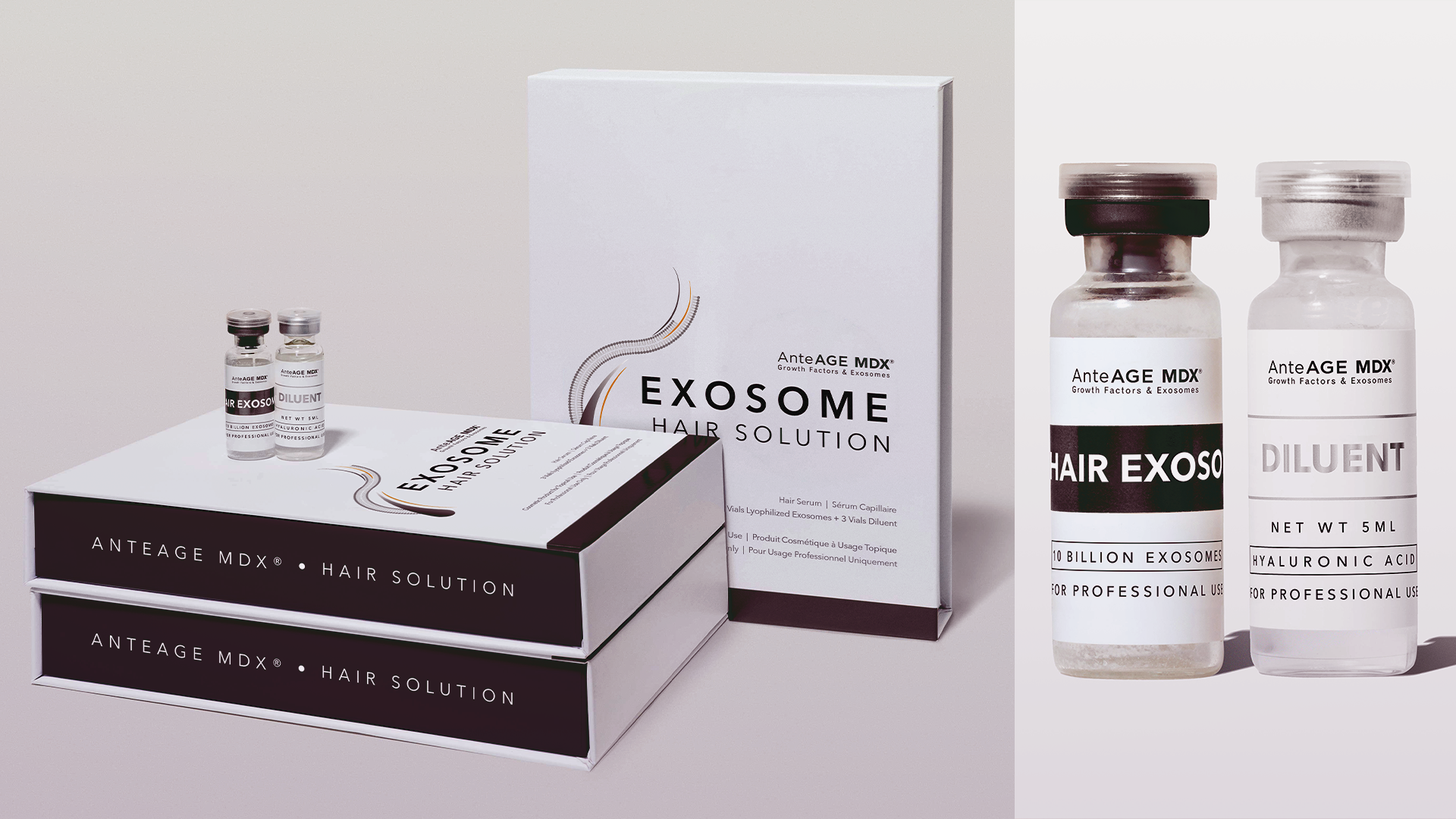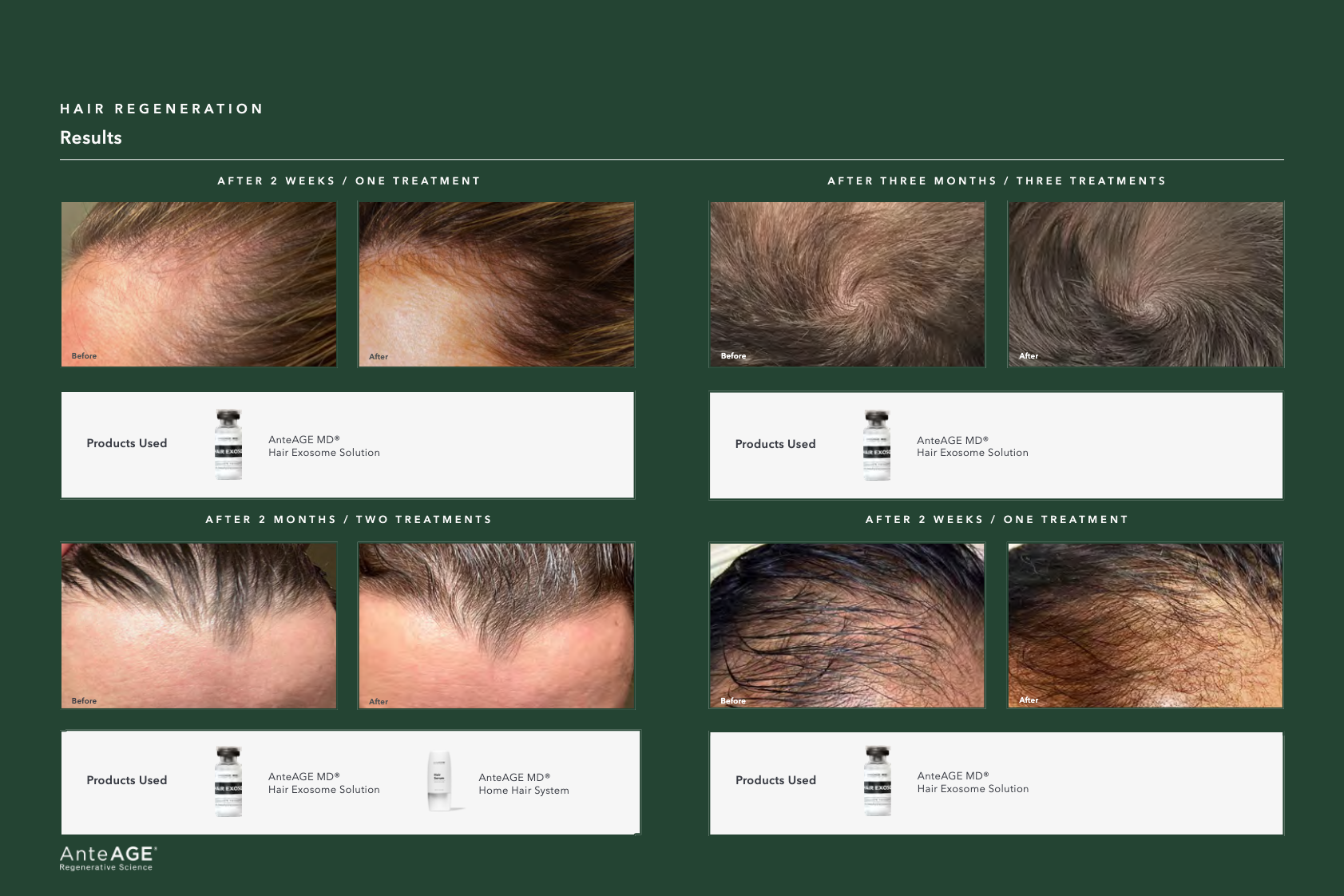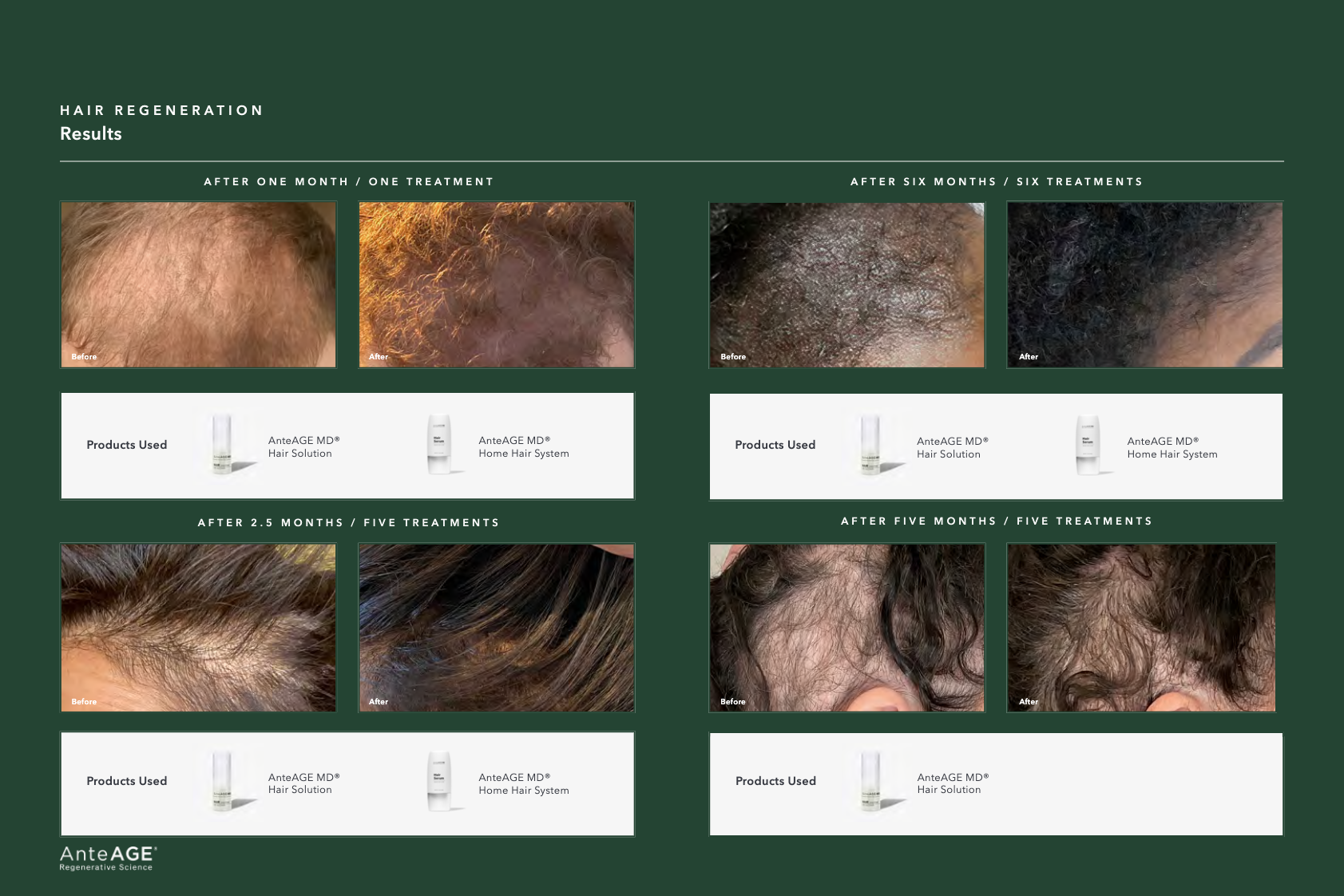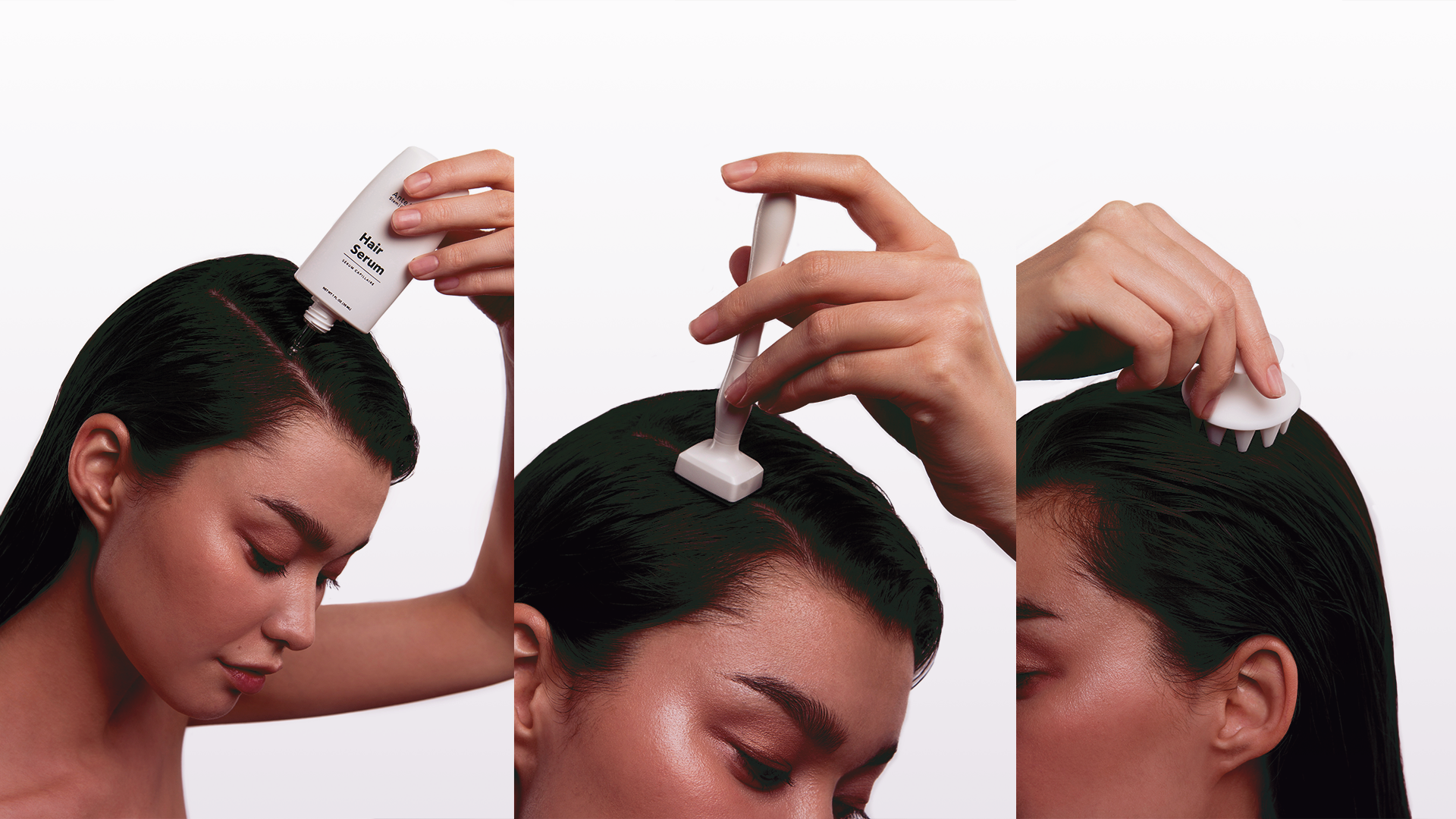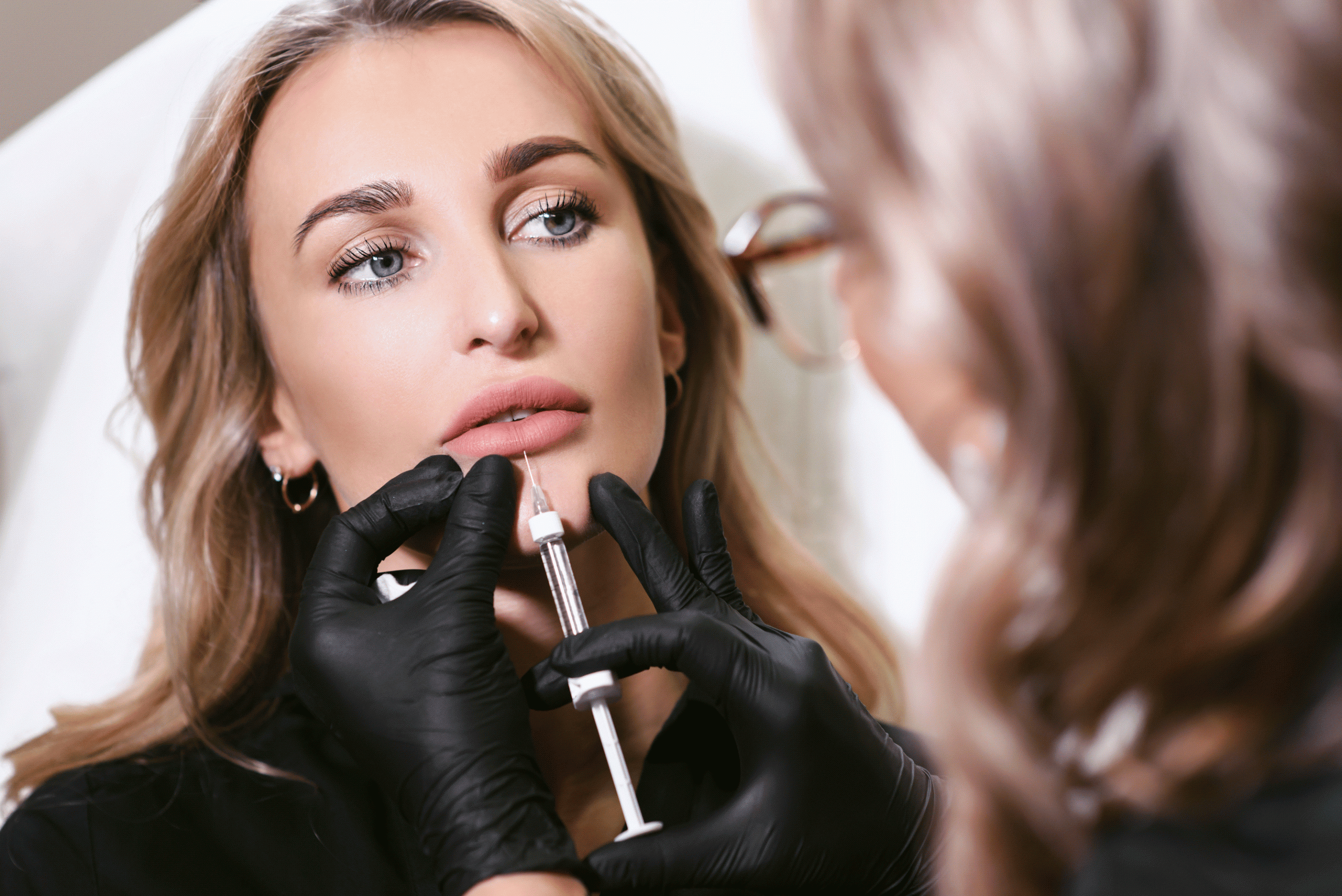
Exosome hair restoration is a cutting-edge treatment for hair loss that stimulates new hair growth using natural particles called exosomes. In this article, we’ll explain how it works, its benefits, and what to expect from the procedure.
Key Takeaways
- Exosome hair restoration uses tiny vesicles to stimulate hair growth by improving scalp health and activating hair follicles, making it a non-invasive alternative to traditional treatments.
- This therapy offers quicker and more effective results compared to PRP and stem cell therapies, thanks to lab-made growth factors that enhance hair follicle regeneration.
- Patients have reported substantial improvements in hair thickness and density, with many noticing results within weeks, making it a promising option for those dealing with hair loss.
Understanding Exosome Hair Restoration
Exosomes are minuscule, enclosed vesicles that play a key role in facilitating communication between cells. These extracellular vehicles operate as couriers of biological signals essential for the body’s repair and regeneration mechanisms. In the realm of hair restoration, exosomes are vital for enhancing hair growth by signaling to cells within hair follicles to boost their activity.
The use of exosomal therapy is gaining traction in addressing conditions like alopecia and other varieties of hair loss, with products such as MDX Hair Exosomes from AnteAGE showing significant potential. By providing critical growth factors through these exosomes, there is an improvement in scalp vitality and promotion of new hairs entering into the active phase within their natural cycle.
Distinct from conventional treatments targeting hair loss, the innovative approach using exosome-based restorations employs a non-surgical method that harnesses intrinsic regenerative qualities found within exosomes themselves. This technique not only seeks to alleviate symptoms associated with losing one’s mane, but aims at tackling underlying issues. Thus presenting a comprehensive strategy geared towards fostering renewed hair growth.
How Exosomes Stimulate Hair Follicles
Exosome therapy harnesses the power to enhance hair follicle stimulation by improving cell-to-cell communication. These tiny sacs transport vital growth factors and signaling molecules necessary for maintaining and regenerating healthy hair follicles. Upon being administered to the scalp, exosomes engage with dermal papilla cells that are instrumental in regulating the phases of the hair growth cycle.
The potency of exosomes taken from particular cell types in aiding hair regeneration can differ. Evidence indicates they notably boost the stemness traits of hair follicle stem cells. In other words, these vesicles support these crucial cells in preserving their capacity for self-renewal and differentiation—a process fundamental to promoting new hair growth.
By activating mitochondrial function and -catenin within these stem cells, exosomes encourage cellular expansion and division—reawakening inactive follicles while fostering fresh strands’ development toward fuller locks. Such actions lead not just to enhanced thickness, but also help preserve robust overall head coverage.
In essence, through its intricate action at both cellular foundation levels as well as molecular mechanisms involved in sustaining a thriving crop of tresses, this innovative approach provides an inclusive remedy geared towards reversing patterns of alopecia or general thinning—paving the way forward into domains where comprehensive care converges onto pathways leading to successful recovery from various forms of offollicular decline.
The Science Behind Exosome Therapy
Extracellular vesicles known as exosomes play a key role in intercellular communication and tissue repair. Originating from mesenchymal stem cells obtained from human sources like the placenta and umbilical cord, which possess strong regenerative capabilities, these minuscule vesicles transport an array of proteins, lipids, and nucleic acids essential for supporting cell-to-cell interactions and enhancing tissue restoration.
Boasting a substantial concentration of growth factors—amounting to more than 300 varieties—these components are pivotal for mending tissues and fostering regeneration. Consequently, the rich supply of growth factors within exosome therapy significantly aids in improving the condition of hair follicles by encouraging hair development as well as augmenting the activity associated with various growth factors.
Despite its potential benefits, research into exosome therapy is ongoing. Hence it encompasses certain unknowns concerning its basic mechanisms, safety profile, and enduring implications. As such, guidance counsels against blood donation post-exosome treatment due to hypothetical risks related to pathogen transfer. Nevertheless, despite cautionary stances, there is optimism since exosome treatments typically present enhanced bioavailability along with reduced likelihood of negative responses when measured against conventional therapeutic options.
Comparing Exosome Therapy with Other Hair Restoration Methods
Several methods exist for hair restoration, but exosome therapy stands out as a non-invasive option that promotes quicker hair growth than traditional treatments.
Next, compare exosome therapy with two popular alternatives: PRP therapy and stem cell therapy.
Exosome Therapy vs. PRP Therapy
PRP therapy and exosome therapy are both acclaimed approaches for encouraging hair growth. The process of PRP therapy entails the extraction of platelet-rich plasma from a patient’s blood, which is then administered into their scalp with an aim to foster hair follicle health by utilizing inherent growth factors.
In contrast, exosome therapy takes advantage of synthetically produced growth factors that possess higher potency and specificity than those in natural form found within PRP treatment. This often translates into faster and more evident benefits for individuals who choose exosome treatments to combat hair loss.
While both procedures offer non-invasive solutions targeted at rejuvenating hair follicles, the advanced nature of the growth factors employed in exosome therapies frequently yields superior efficacy, thus rendering it a favored option among many seeking treatment.
Exosome therapy represents a cutting-edge alternative within regenerative medicine for addressing issues related to hair thinning or shedding—providing an innovative leap forward when compared to traditional methods such as PRP therapies.
Exosome Therapy vs. Stem Cell Therapy
Stem cell therapy has gained traction as a notable option for hair restoration, which involves the utilization of mesenchymal stem cells extracted from an individual’s own body. These specific stem cells are known as adipose derived stem cells and are typically collected from one’s fat tissue through a liposuction technique. After being harvested, these stem cells are then combined with platelet-rich plasma (PRP) to encourage hair growth.
Alternatively, exosome therapy presents itself as less invasive since it does not necessitate the extraction of stem cells from an individual’s physique, offering a substantial benefit for those who would rather sidestep surgical interventions.
Hair restoration utilizing stem cell methods is appropriate for persons with residual hair on their scalps. This approach might not be suitable for individuals experiencing complete baldness. To achieve optimal results in revitalizing hair growth via stem cell treatments often requires multiple sessions—typically three to six depending on various factors.
On the other hand, exosome therapy provides patients with a simpler and minimally invasive path toward reclaiming fuller locks and may stand out particularly to those desiring effective solutions without submitting themselves repeatedly to more intensive procedures.
What to Expect During an Exosome Hair Restoration Procedure
Embarking on the path to exosome hair restoration begins with a detailed initial consultation, during which your hair loss situation and medical background are meticulously assessed. To optimize outcomes, it is advised that you arrive for your appointment with a scalp that is clean and devoid of any styling products.
The treatment process involving MDX Hair Exosomes is conveniently brief, spanning approximately 60 to 90 minutes in duration. In this session, exosomes are strategically delivered into areas of thinning on the scalp via fine needle injections. Prior to these injections, a topical anesthetic may be applied to ease any potential discomfort by numbing the scalp.
Typically performed as an outpatient service, this method allows for immediate home return post-procedure. Noticeable results from microneedling with exosomes can surface within days following treatment and progress over subsequent weeks. The healing period after undergoing microneedling ranges from one to two weeks. Daily routines can usually be resumed the day after receiving treatment.
Being informed about what takes place during the procedure equips you with knowledge aiding in preparation and setting achievable expectations throughout your journey towards hair restoration.
Ideal Candidates for Exosome Hair Restoration
Exosome therapy is proposed as a method to combat alopecia and various other hair loss conditions by promoting the generation of new hair follicles. It is best suited for those experiencing initial stages of hair thinning or who have mild to moderate levels of hair loss. The goal of this therapy is to enhance both the stimulation of hair growth and the overall thickness without resorting to invasive techniques.
For optimal results, candidates should be in robust health with no present scalp-related issues that may influence treatment effectiveness. Preference goes towards non-smokers, but individuals willing to abstain from smoking throughout their recovery are also considered good candidates. Having a reasonable perspective on what exosome therapy can achieve is essential for anyone looking into exosome-based approaches for enhancing their hair’s density.
Those currently facing active infections or dermatological problems affecting the scalp are advised against pursuing exosome treatment until these conditions have been addressed. A consultation with a healthcare provider will assist in evaluating whether this mode of treatment aligns well with your specific needs concerning hair restoration ambitions.
Benefits of Exosome Hair Restoration
Hair restoration presents multiple benefits for individuals facing issues with hair loss, including:
- It enhances the thickness and density of the hair, effectively tackling different types of hair loss such as androgenetic alopecia.
- There is commonly a noticeable reduction in the amount of hair shedding experienced by patients.
- Following a sequence of exosome therapy sessions, there’s an improvement in overall hair density.
This treatment can lead to natural-looking results when regrowing one’s hair. Its minimally invasive nature serves as its attraction for those searching for less intensive options than procedures like a traditional hair transplant surgery. Remarkably swift outcomes are often observable merely one week into undergoing exosome treatment for their scalp.
In summary, managing conditions related to losing one’s locks through exosome therapies offers promising pathways toward rapid and efficient resolution while minimizing time spent on recovery.
Potential Side Effects and Risks
Exosome hair restoration, as with any medical procedure, is associated with possible side effects and risks. Injection sites may exhibit minor swelling, redness, and irritation. These symptoms are mild and dissipate quickly.
On infrequent occasions, there is a risk of infection if the treatment isn’t conducted in a sterile setting. There’s also a rare chance of anaphylactic reactions that necessitate urgent care. Opting for a reputable clinic is crucial to diminish these risks and guarantee the safety of the treatment experience.
Post-Treatment Care and Recovery
Post-exosome hair restoration, it is normal to experience slight redness or tenderness in the treatment area, which may look like a light sunburn. To safeguard your skin, refrain from exposing the treated area to sunlight for several days post-treatment. Patients should avoid applying potent skincare products such as retinoids for a few days following their procedure.
After receiving the treatment, you should not wash your hair for at least 24 hours and stay away from vigorous exercise that could lead to sweating for between 24 and 48 hours. By closely adhering to these recommendations after your treatment, you can help guarantee that you achieve optimal results and enjoy a smooth healing process.
Real-World Results and Patient Testimonials
Promising outcomes have emerged from the use of exosome therapy in hair restoration, with over half of the female participants witnessing enhancements in their hair growth. In parallel, a substantial 80% of male subjects have also reported positive changes. Indications of treatment efficacy may start to become apparent within a mere 2 to 4 weeks post-therapy.
Noteworthy improvements in both hair density and thickness have been observed by numerous patients, with some even achieving regrowth that closely resembles natural hair. To maintain these improvements over time, it’s recommended for patients to undergo regular follow-up treatments utilizing exosome therapy.
The successes documented by patients themselves underscore the transformative impact exosome therapy can deliver for those grappling with hair loss issues. These firsthand accounts serve as informative benchmarks for setting expectations on what this innovative treatment has to offer.
How to Get Started with Exosome Hair Restoration
Initiating the process for exosome hair restoration is straightforward. Simply reach out to Tampa Hair Restoration Center to arrange a confidential consultation. In this session, a tailored treatment plan will be crafted specifically for your unique hair loss issues.
This typically includes employing microneedling with exosomes as part of the therapy to improve its success rate. By following this individualized strategy, you can begin your path towards attaining fuller, more robust hair.
Summary
Exosome hair restoration is a groundbreaking therapy that offers a new hope for those struggling with hair loss. By leveraging the power of exosomes and their regenerative properties, this treatment provides a minimally invasive solution for stimulating hair growth and improving hair density.
Whether you’re dealing with early signs of hair thinning or seeking a more effective solution for hair loss, exosome therapy offers a promising approach. Consult with a healthcare professional to determine if this treatment is right for you and take the first step towards reclaiming your confidence and achieving luscious, thick hair.
Frequently Asked Questions
What are exosomes, and how do they help with hair growth?
Exosomes are tiny vesicles that help cells communicate and repair tissues. They boost hair growth by sending signals to hair follicle cells, enhancing their activity for better density and thickness.
How is exosome therapy different from PRP therapy?
Exosome therapy stands out from PRP therapy because it uses lab-made growth factors that are often more powerful and targeted, leading to faster and more noticeable results in hair growth.
So, if you’re looking for quicker outcomes, exosome therapy might be the better option for you!
Who is an ideal candidate for exosome hair restoration?
If you’re noticing early signs of hair thinning or mild to moderate hair loss, you might be the perfect candidate for exosome hair restoration.
Just remember, being in good health and having realistic expectations is key!
What are the potential side effects of exosome hair restoration?
You might experience slight swelling, redness, or irritation at the injection sites, but these are usually mild and fade quickly.
Just be aware of the rare risk of infection if the procedure isn’t done safely.
How soon can I expect to see results from exosome hair restoration?
You can typically expect to see noticeable results from exosome hair restoration within 2 to 4 weeks after treatment.
Many people see improvements in hair thickness and density during this time!

